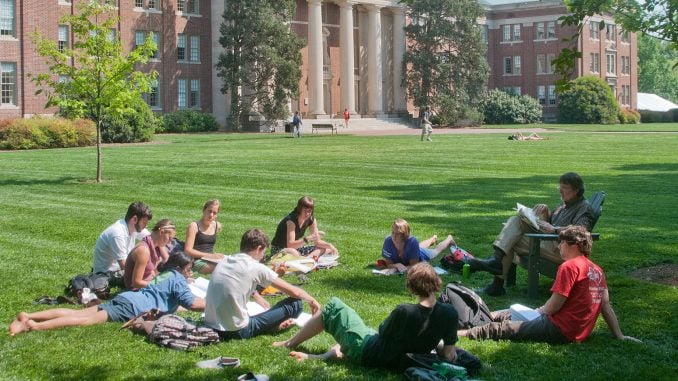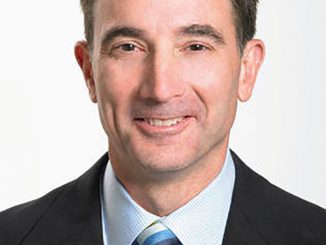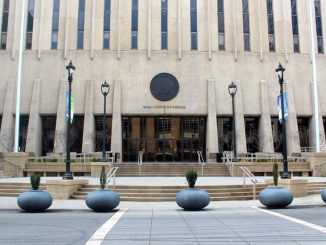
RALEIGH — The 2024 Spotlight on Speech Codes report released by the Foundation for Individual Rights and Expression (FIRE) shows the number of colleges and universities with harsh student speech codes has increased for the second year in a row, breaking a 15-year downward trend.
“This is not an anomaly: Free speech in higher education is getting worse,” Laura Beltz, director of policy reform at FIRE, said in a press release. “America’s top colleges are increasingly turning to censorship and terrible policies to police their students’ ability to speak freely.”
The latest report categorizes 489 of the United States’ leading colleges and universities into “red light,” “yellow light,” or “green light” institutions, evaluating the extent to which their policies pose a threat to student speech.
According to FIRE, 85% of these schools possess at least one policy with the potential to unjustly limit students’ freedom of expression.
According to the report, 98 colleges (20.0%) earned a “red light” rating, meaning they had at least one policy that clearly and substantially restricts freedom of speech.
Another 320 colleges (65.4%) earned a “yellow light” rating, due to policies in place that were vague or restrict relatively narrow categories of speech. Another eight colleges (1.6%) received a “warning” rating.
The smallest portion of the college, 63 (12.9%), earned the highest “green light” rating for having no policies that seriously threaten student speech.
Per the report, in general, private schools maintain more restrictive speech codes than do public schools and were more likely to earn yellow or red light ratings than public schools.
Additionally, the report notes that 105 institutions have adopted free speech policy statements, modeled after the “Chicago Statement,” committing to upholding freedom of expression.
North Carolina schools included in the report fared well, with the majority earning green lights.
The green light schools included Appalachian State University, Duke University, East Carolina University, Elizabeth City State University, Fayetteville State University, North Carolina Central University, North Carolina State University, University of North Carolina at Pembroke, University of North Carolina at Asheville, University of North Carolina at Chapel Hill, University of North Carolina at Charlotte, University of North Carolina at Greensboro, University of North Carolina School of the Arts, University of North Carolina Wilmington, and Western Carolina University.
Davidson College, North Carolina A&T State University, Wake Forest University, and Winston-Salem State University all received yellow light ratings.



